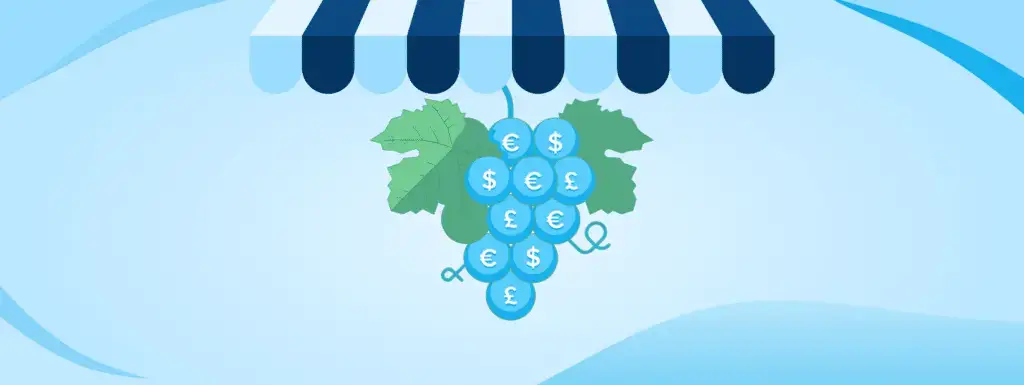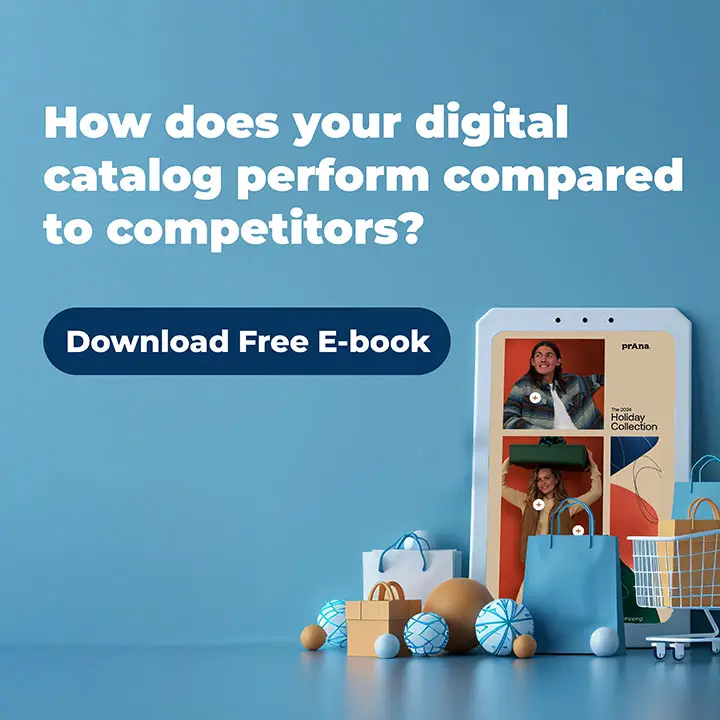Wine Fair season is about to begin in the Northern Hemisphere, and it’s a key time for wine retailers. As the event approaches, many focus on strategies to boost sales in the coming months. This period offers a unique opportunity to highlight new products, engage with customers, and enhance their wine selection. The right approach can make a big difference in achieving strong sales during this time.
According to Vantage Market Research, the global wine market, valued at USD 441.60 billion in 2022, is experiencing significant growth and is projected to reach USD 698.54 billion by 2030, with a compound annual growth rate (CAGR) of 5.90% over the forecast period. This continuous expansion presents many opportunities for retailers and e-commerce businesses looking to capitalize on evolving consumer preferences and the increasing demand for quality wines.
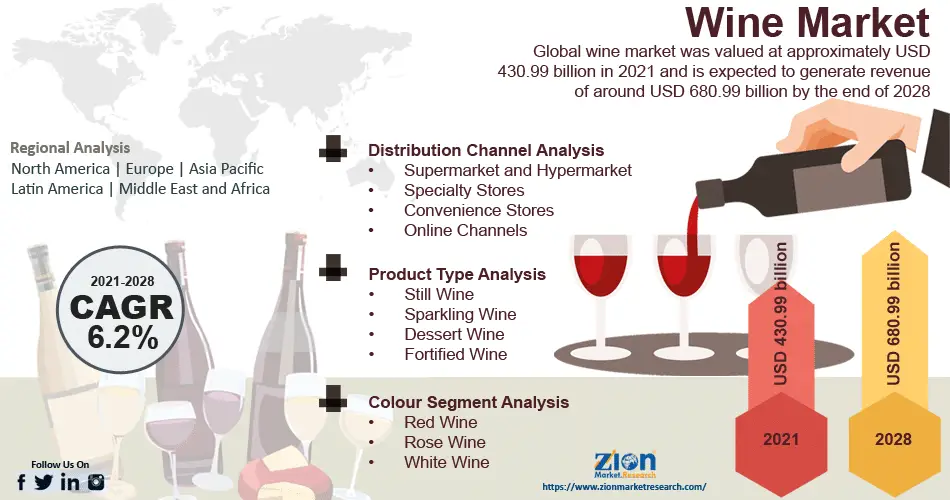
Source: Linkedin
This covers:
- Key Trends in the Autumn Wine Market
- Strategic Recommendations for Retailers
- Challenges and Opportunities
The Autumn Wine Fairs, a key event for wine enthusiasts and retailers alike, offer a unique opportunity to boost sales and visibility. As 2024’s Wine Fairs approach, understanding the trends, consumer behaviors, and effective strategies is crucial for capitalizing on this period. Let’s dive in.
Key Consumer Trends Shaping the Autumn Wine Fair
Understanding the latest consumer preferences is key to navigating the evolving wine market as the Autumn Wine Fair approaches.
This season, several significant trends are shaping how consumers choose their wines, driven by a growing emphasis on sustainability, a deepening appreciation for organic products, and the continued allure of red wine. With eco-consciousness at the forefront, the demand for organic wines surges, reflecting broader environmental concerns. Meanwhile, red wine maintains its dominant position, bolstered by its versatility and rising popularity across diverse regions.
1. Consumer Preferences and Trends
Sustainability Is Top Of Mind
According to FHA Food & Beverage, the demand for organic wine is growing due to a desire for more natural and authentic products, increased consumer education about what “organic” means, and rising environmental concerns. Eco-conscious consumers are increasingly seeking sustainable options. The Brainy Insights reports that the global organic wine market is projected to reach USD 21.1 billion by 2030, with a compound annual growth rate (CAGR) of 10.5% from 2022 to 2030. Sales of organic and biodynamic wines have grown by 10% year-over-year, and most retailers are dedicating significant shelf space to these products during wine fairs.
Red Wine Continues to Captivate
Red wine is set to continue its strong position in the global market thanks to its enduring popularity, versatility, and increasing consumer interest.
As reported by Allied Market Research, the red wine market is expected to generate $278.5 billion in revenue by 2028, with a compound annual growth rate (CAGR) of 5.4% from 2021 to 2028.
The global red wine market is categorized by application, end-user, and region, focusing on key manufacturers across various areas. Red wine’s ability to complement a wide range of cuisines and its rising popularity in emerging markets makes it a favored choice, reinforcing its leading role in the global wine industry.
2. Digital Engagement
Online Sales Surge
According to Technavio, the wine e-commerce market is projected to grow by USD 15.18 billion, achieving a compound annual growth rate (CAGR) of 9.46% between 2023 and 2028. Several key factors fuel this growth, including the increasing preference for online shopping, urbanization, packaging innovations, and the rising popularity of wine consumption.
The shift to online platforms is driven by convenience, such as a more comprehensive selection of wines, competitive pricing, and home delivery. In 2021, over 45% of shoppers purchased alcoholic beverages online, up from just 19% in 2019, reflecting this significant trend.
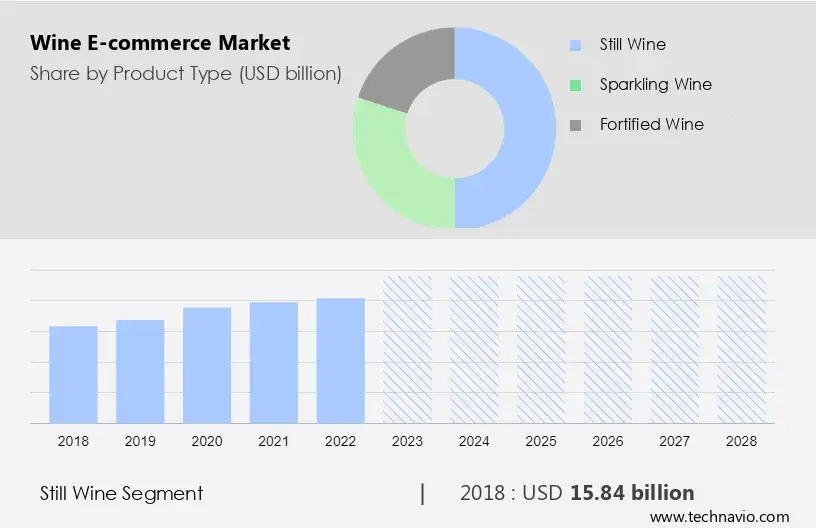
Source: Technavio
Strategic Recommendations for Retailers
Retailers are increasingly adopting digital catalogs and omnichannel strategies to enhance the shopping experience during wine fairs.
Interactive digital catalogs, which feature videos, pairing suggestions, and customer reviews, can increase conversion rates. To boost wine retail sales, retailers should focus on:
- enhancing customer experiences
- offering personalized recommendations
- leveraging in-store tastings to drive engagement
It is crucial to create attractive product displays, optimize pricing strategies, and use effective digital marketing to reach a broader audience.
Building strong relationships with suppliers and providing staff training to improve product knowledge can significantly enhance sales performance.
1. Leveraging Digital Catalogs
Interactive Catalogs: Like in other sectors, interactive digital catalogs can enhance the shopping experience. These catalogs allow consumers to explore wine selections through videos, pairing suggestions, and customer reviews, driving higher engagement and sales.
Source: Delhaize
2. Omnichannel Approach
Drive-to-Store Initiatives: With the rise of online wine purchases, integrating online and offline strategies is key. Offering reserve and collect with in-store pickup options can drive foot traffic. Offering electronic discount vouchers to registered customers that can be used in-store is also an effective way to encourage people to visit your store and build a database.
Personalization and CRM: Personalized marketing, powered by CRM tools, can significantly impact sales. Tailored offers based on past purchase behavior and preferences can increase the average basket size due to enhanced relevancy for the customer. This approach not only boosts sales but also enhances customer loyalty.
3. Promotions and Exclusive Offerings
Limited Editions and Exclusive Deals: Offering an exclusive or limited edition wine selection during wine fairs can create a sense of urgency and exclusivity, driving higher sales. For instance, exclusive releases of certain vintages have been shown to increase sales.
Digital Catalogs are a great way to highlight and showcase exclusive deals or packages. The example below shows how a tour company used the digital catalog format to promote a wine tour in September. The catalog has been designed to act as an itinerary, allowing users to visualize how the tour will be conducted.
Source: kmzerotours
4. Case Studies: Success Stories from Leading Retailers
Leclerc’s Integrated Strategy:
Leclerc, a major player in French retail, successfully implemented a multi-channel strategy during 2023, including the wine fair period.
E.Leclerc’s marketing strategy focuses on competitive pricing, digital innovation, and customer loyalty programs. Key strategies include leveraging digital marketing and social media to engage customers, implementing impactful promotional campaigns to drive sales, and maintaining a strong market presence through a cooperative retail approach. The company also uses influencer marketing to enhance brand visibility, such as partnerships with content creators and high-profile sponsorships like The Tour de France. Their SEO strategy, which ranks for over 1.5 million organic keywords, further boosts their online presence and customer reach.
Auchan’s Digital Engagement:
Auchan Luxembourg’s wine fair is a major success, contributing to 8% of the annual turnover and nearly 12% of the volume for the wine department. This impressive performance is driven by a diverse selection of 340 wine references, with only 10% overlapping the range available in France. To boost foot traffic, Auchan uses a strategic 10% discount coupon included with the invitation, encouraging more customers to visit the wine fair.
Additionally, Auchan provides a comprehensive digital catalog featuring the wines, allowing customers to research and make informed choices before attending. With 70% of the fair’s selection consisting of temporary references chosen specifically for the event, Auchan’s approach ensures a dynamic and engaging experience for wine enthusiasts, making the wine fair a standout event in their annual calendar.
5. Challenges and Opportunities
Stock Management and Logistics: Efficient stock management is crucial for wine companies during fairs to avoid stockouts or overstocking. Implementing real-time inventory tracking systems can ensure popular wines remain available, reducing out-of-stock situations by up to 30%.
For example, Carrefour’s advanced inventory management system during the 2023 wine fairs allowed for seamless coordination across multiple locations, ensuring that high-demand products were always in stock. Additionally, strategic stock allocation based on predictive analytics can help meet consumer demand more accurately, enhancing overall customer satisfaction and sales.
Adapting to Consumer Preferences: Wine companies must stay agile in responding to evolving consumer tastes to maximize success during wine fairs. This includes expanding offerings in trending categories like organic, low-alcohol, and non-alcoholic wines, which have grown significantly. Over the past year, sales of low-alcohol and alcohol-free drinks have grown by 20% at Waitrose, leading the retailer to create 60% more dedicated space to the category in its stores.
Leveraging customer data to personalize offerings and promotions can boost engagement and sales, ensuring the company stays ahead of market trends and consumer expectations.
6. Optimizing Catalogs for Maximum Impact and Drive-to-Store
Digital-First Approach: Retailers increasingly adopt a digital-first strategy when creating catalogs rather than simply uploading print versions online. This shift allows for a more interactive and engaging user experience. Digital catalogs can incorporate multimedia elements such as videos, clickable links, and 360-degree product views, offering a richer exploration of the wine selection.
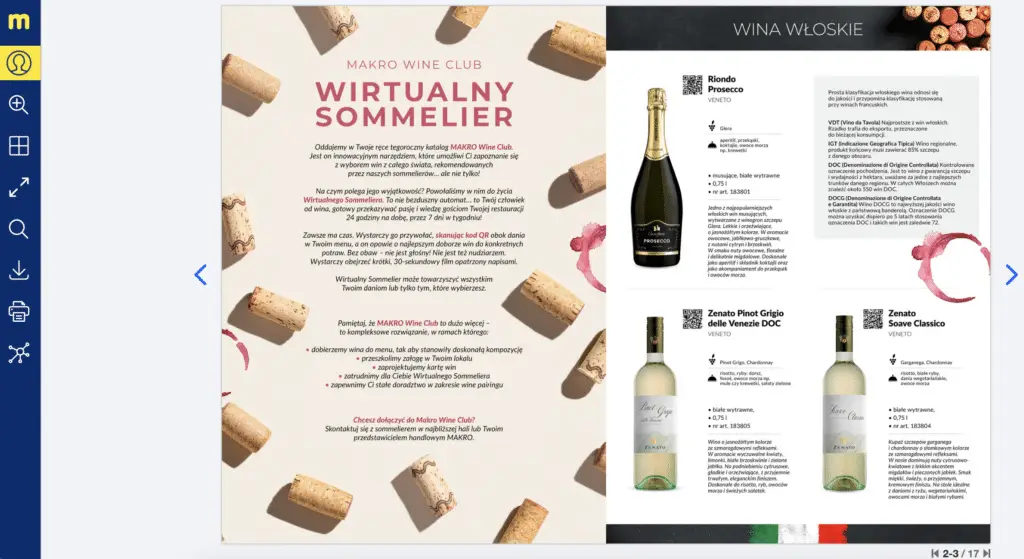
Source: Makro
Seamless Shopping Experience: Interactive catalogs can integrate features that allow consumers to add products directly to their shopping cart from the catalog.
Enhanced Product Presentation: Digital catalogs provide an opportunity to showcase products with high-quality images and detailed descriptions. This is particularly important for premium wines, where presentation can significantly influence purchasing decisions.
Drive-to-Store Integration: Digital catalogs can also include store locators and promotional offers encouraging in-store visits.
Real-Time Updates and Personalization: Digital catalogs offer the flexibility to be updated in real-time, ensuring that the latest promotions and stock availability are always displayed. Additionally, personalized content can be tailored to individual customers based on their browsing history and preferences, increasing relevance and engagement.
Capitalizing On Wine Fair Sales This Autumn
Autumn wine fairs represent a prime opportunity for retailers to increase visibility and sales. Retailers can meet and exceed consumer expectations by monitoring consumer trends and digital innovations, leveraging omnichannel strategies, and offering personalized experiences.

